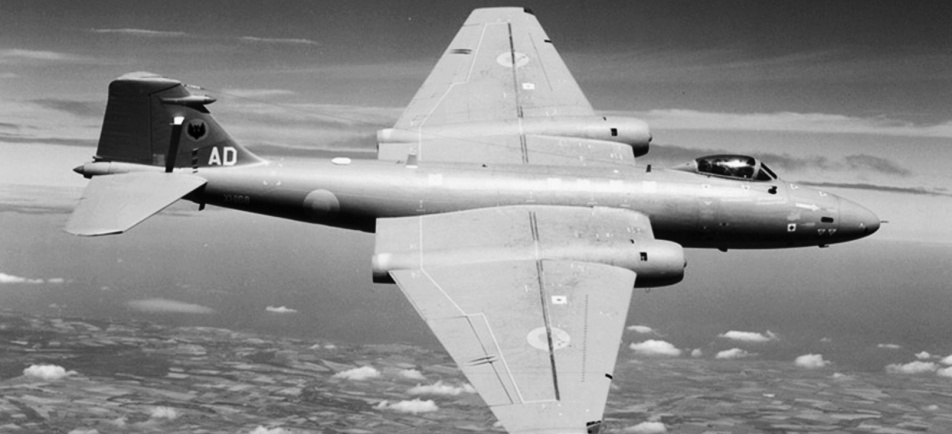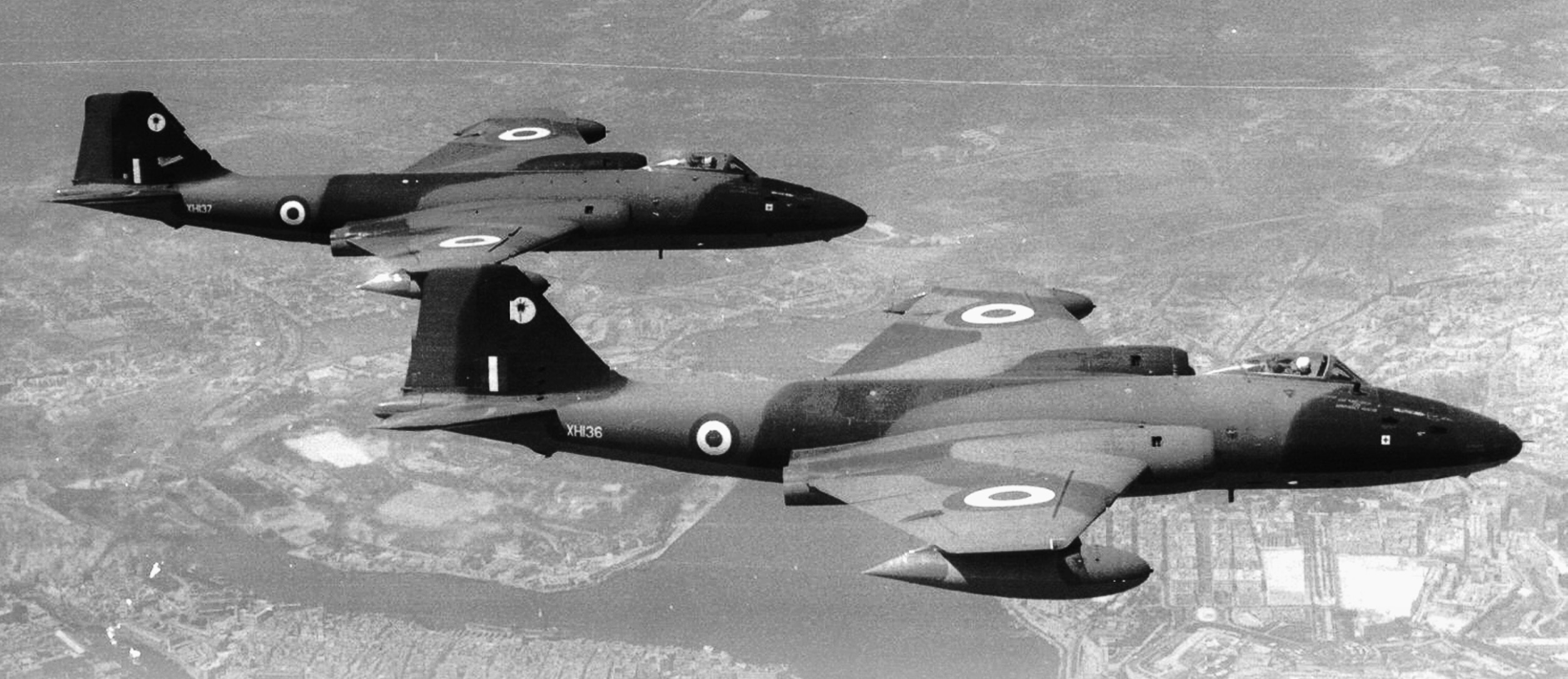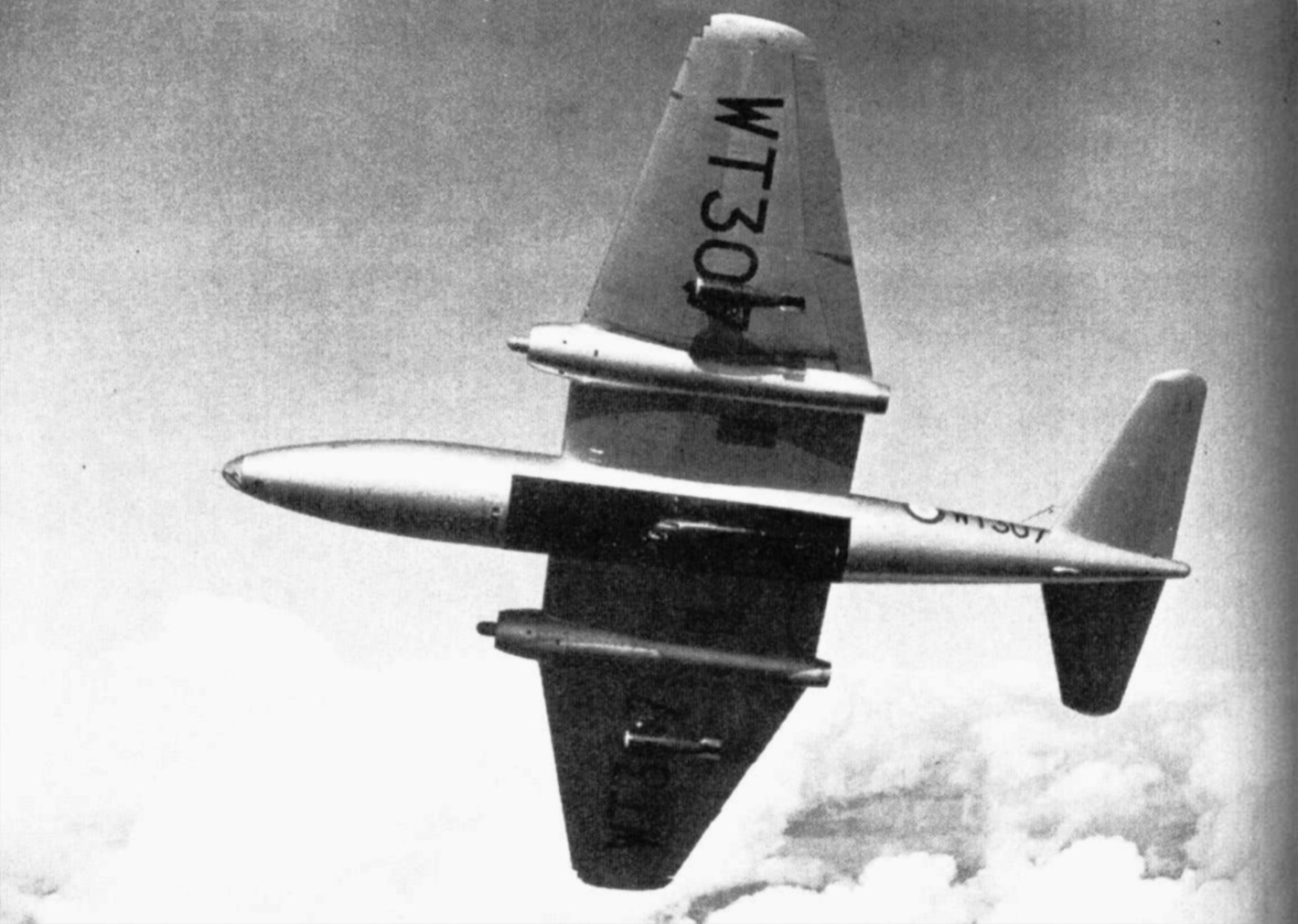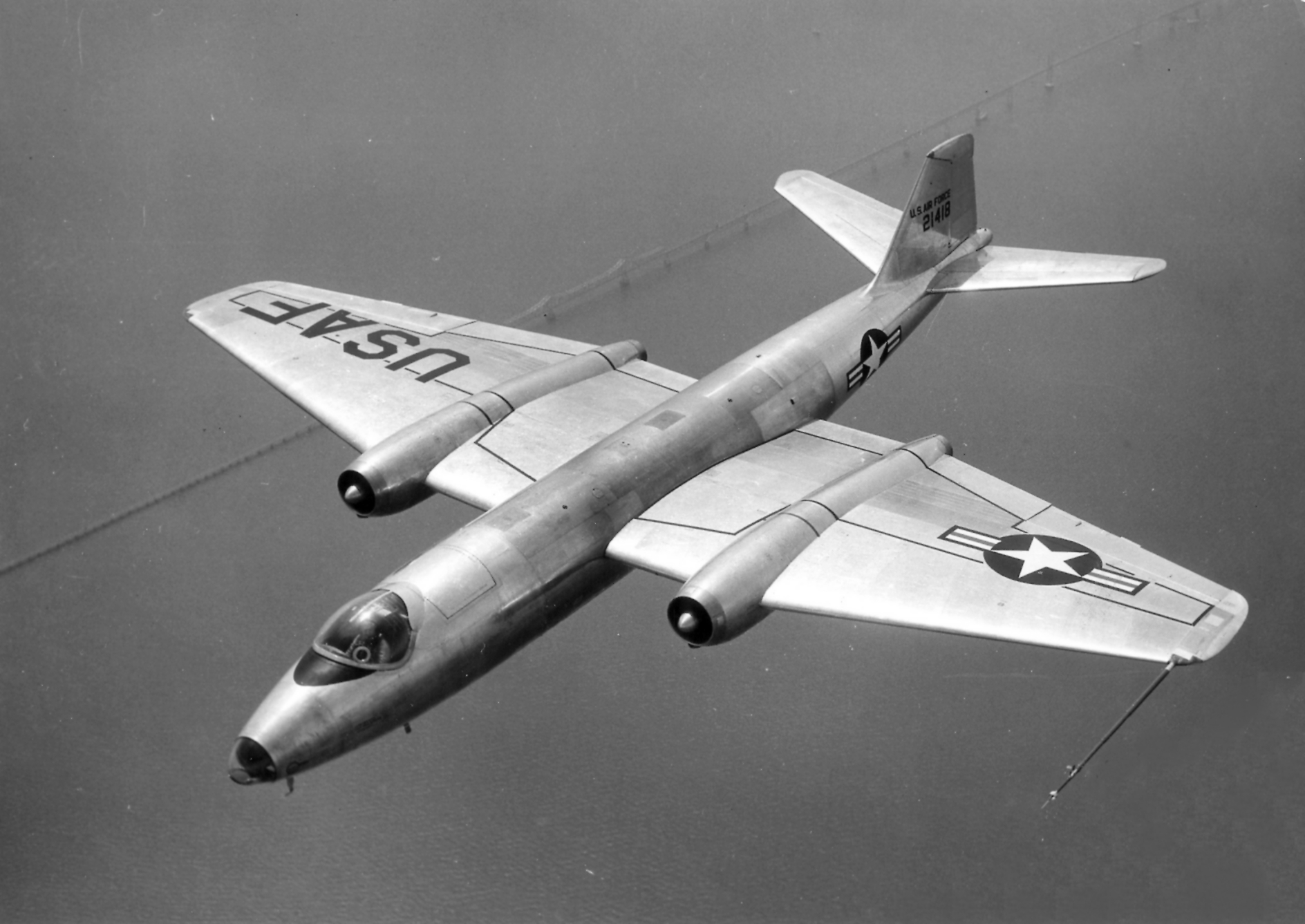Canberra

On May 13, the famous British bomber Canberra, created by the English Electric company, turned 75 years old. On that day in 1949, the first prototype of the aircraft took off from the Warton airfield in Lancashire, in the northwest of England. The project was one of the government's priorities, and by then, the British Ministry of Aviation had ordered 132 production aircraft, not only bombers but also reconnaissance and training planes.
The Canberra proved to be an exceptionally successful aircraft. Its production quickly gained momentum. In total, over 900 units were built in Britain, with an additional 49 in Australia. Moreover, under license from Britain, the Martin Company in the United States produced over 400 Canberras, designated as B-57s in the US Air Force. In total, 27 main variants of the aircraft are known, along with numerous modifications.
The serial bomber Canberra B(I).6 was equipped with two Rolls-Royce RA7 Avon Mk.109 turbojet engines, each with a thrust of 3,365 kgf. It had a length of nearly 20 meters, a wing span of 19.5 meters, a maximum takeoff weight of 24,950 kg, a maximum speed of 930 km/h, and a ferry range of 5,440 km. The aircraft could carry various armaments weighing up to 3,628 kg in total, including four 20mm Hispano Mk.V cannons, unguided rockets, a wide range of bombs, including nuclear ones with yields of up to 70 kilotons.
Canberras began to enter service with Royal Air Force (RAF) squadrons in 1951. Besides the United Kingdom and the United States, these aircraft were adopted by another 17 countries, including Australia, Argentina, India, Ethiopia, Germany, New Zealand, Peru, and Sweden.
The aircraft were actively used in numerous armed conflicts, such as the Indo-Pakistani wars, the Suez Crisis, the Vietnam War, and the Falklands War. Additionally, reconnaissance variants of the Canberra became symbols of the Cold War, carrying out missions near the borders of the USSR and its allies, and sometimes even penetrating their airspace. The aircraft remained in service for a very long time. For example, the RAF retired its last Canberras in 2006, followed by India a year later. In several countries, individual aircraft are still in flying condition.

 Fan-page
Fan-page Youtube
Youtube TikTok
TikTok Aviamuseum
Aviamuseum State Aviation Museum
State Aviation Museum





